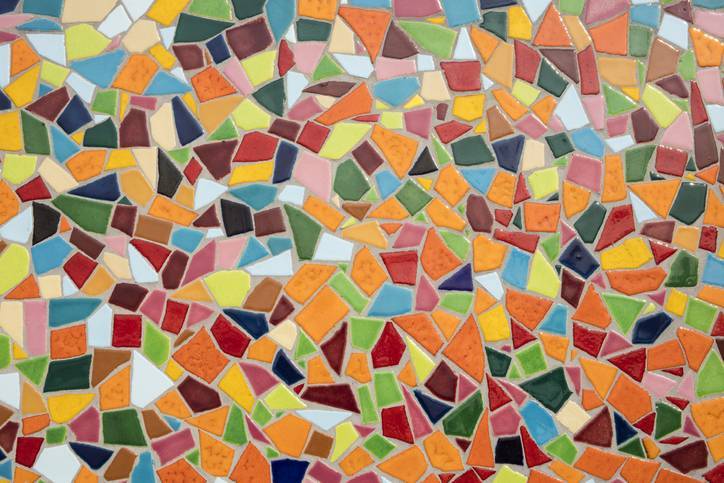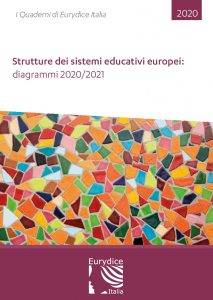indireinforma
The 2020/2021 Structure of the European education systems in the new booklet of Eurydice Italy

The newly published number of the Eurydice Italy booklet series is focused, as every year, on the structures of European education systems, by presenting the diagrams of the individual countries updated to the school and academic year 2020/2021.
The Booklet “Structures of European education systems: diagrams 2020/2021” consists of a short introductory part, which illustrates the main organizational models of compulsory education in Europe; a guide to reading the diagrams, which presents the main elements; and an explanatory legend of the terms. This first part ends with the International Standard Classification of Education (ISCED 2011).
With regard to organizational models, three organizational methods of primary and lower secondary education are widespread in Europe: the first provides for a single structure education, typically characterizing the Nordic countries (for example Finland and Sweden), where education is offered without transition from start to finish of compulsory schooling; the second provides for the offer of a common basic curriculum, in the context of which, upon completion of primary education, one passes to lower secondary education by following a common basic curriculum of a general type. This type of education is found in countries such as Italy, France, and Spain. Finally, the third type, is characterized by a differentiated lower secondary education, such as that found in the German education system, which is strongly based on this model.
The 2020/2021 diagrams highlight some changes: in certain countries, education and training system reforms are nearing completion, as in Greece, where the establishment of pre-primary school as compulsory is at the third and final school year of its implementation. Other countries are still in the implementation phase of their school organization, such as Poland, which since 2017 has launched a radical reform of general and vocational upper secondary education and which will see the full implementation of the new organization only in the 2022/2023 school year. Finally, in other countries, there are innovations such as the advancement of compulsory schooling, which is found for example in the three Communities of Belgium (French, Flemish and German), where starting from the present school year, compulsory education also includes the last year of early childhood education and care.
In general, the diagrams of European education systems answer questions on the organization of education and training systems in Europe: how long is compulsory education in France? How many and which paths characterize upper secondary education in Slovakia? How is the vocational secondary education system structured in the Netherlands? How is tertiary education structured in Malta? The legend that precedes the diagrams allows you to ‘translate’ levels and types of education, indicates the correspondence of the various levels of education with the levels of the Classification (ISCED 2011), as well as specifying whether the education system in question offers combined school/work paths or if there is a compulsory part-time education/ training path.
The new Eurydice Booklet is an excellent starting point for deepening the study of a particular educational system, or for comparing the structure and characteristics of the educational systems of several countries, from pre-primary to tertiary education.
Download the Booklet “Structures of European education systems: diagrams 2020/2021” (pdf) >>
What is Eurydice?
Eurydice is the European network which collects, updates, analyses and disseminates information on policies, structure and organisation of the European educational systems. Created in 1980 on the initiative of the European Commission, the network consists of a European Unit based in Brussels and some National Units. Since 1985, the Italian National Unit has been based at Indire.
Useful links:


